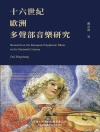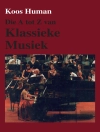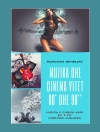A groundbreaking new approach proposes answers to many of the opera’s unresolved questions.
WINNER of the Mozart Society of America ‘Marjorie Weston Emerson Award’ for 2008 This study proposes a hypothesis to account for some of the opera’s long-standing ‘problems’. It suggests that Mozart considered the idea that thepairings in Act II should not be crossed: that each of the two disguised officers should seek to seduce his own woman. Although this alternative plot structure was rejected, signs of it may remain in the final score, in the uneasy co-existence of dramatic duplicity and musical sincerity, and in the ending, in which the easy restitution of the original couples seems not to take account of the new passions that have been aroused. Evidence that several of the singers were re-cast is also presented.
In addition to these radically new ideas about the conceptual genesis of
Così, the book also provides a full account of the work’s compositional history, based on early Viennese and Bohemian copies. Four different versions are identified, including a significant revision in which Mozart removed the Act II finale canon. The composer’s probable involvement in the 1791 Prague production is also discussed.
IAN WOODFIELD is Professor of Historical Musicology, School of Music and Sonic Arts, Queen’s University Belfast.
Jadual kandungan
Introduction
The Autograph
Singers and their Arias
Refining the Musical Text
Casting the Roles
Lovers Crossed or Uncrossed
The Vienna Court Theatre Score
Early Manuscript Scores and Parts
Mozart’s Revised Vienna Version
Early Italian Language Performances
Conclusion
Appendices
Bibliography
Index











